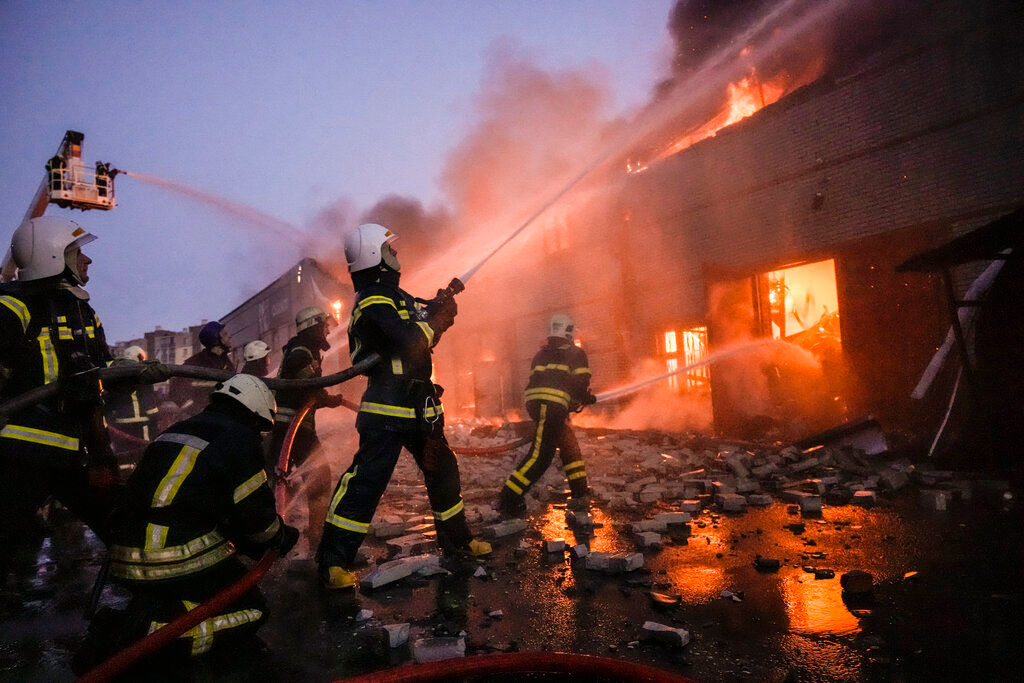Russia on Friday used its newest hypersonic missile, the Kh-47M2 Kinzhal, for the first time ever in Ukraine as Russian forces continue to try and capture besieged Ukrainian cities.
“The Kinzhal aviation missile system with hypersonic aeroballistic missiles destroyed a large underground warehouse containing missiles and aviation ammunition in the village of Deliatyn in the Ivano-Frankivsk region,” the Russian defence ministry said on Saturday, announcing the use of the weapon.
Russian media outlet RIA Novosti also noted that the attack on the village of Deliatyn marked the first-ever use of the Kinzhal missile in actual combat.
Also read | As Russia blows up cities, Ukraine takes battle to cyberspace
Developed in 2017, the state-of-the art Kh-47M2 Kinzhal (literally meaning ‘dagger’) was among one of six new weapons unveiled by Russian president Vladimir Putin during his state-of-the nation address in 2018.
A hypersonic aero-ballistic air-to-ground missile, the Kinzhal has a reported effective range of up to 2,000 kilometres. The missile can travel at speeds of up to Mach 10 and has high manoeuvrability that allows it to bypass most anti-missile defence systems.
The Kinzhal can be launched from a variety of platforms, including from Tu-22M3 bombers or MiG-31K interceptors, and is a missile capable of carrying conventional high explosive warheads, as well as nuclear warheads.
Also read | Empty strollers remind world of children killed in Ukraine war
Since the invasion of Ukraine began on February 24, Russia has deployed a variety of sophisticated weapons systems in the eastern European country.
If reports are to be believed Russia has already made use of thermobaric weapons in Ukraine, although this has not been confirmed.
Additionally, Russia has also reportedly used banned cluster munitions in rocket strikes on the besieged city of Mykolaiv, killing several civilians in the process. International NGO Human Rights Watch (HRW) has also independently confirmed the use of cluster munitions, which have been banned by international law since 2008.







